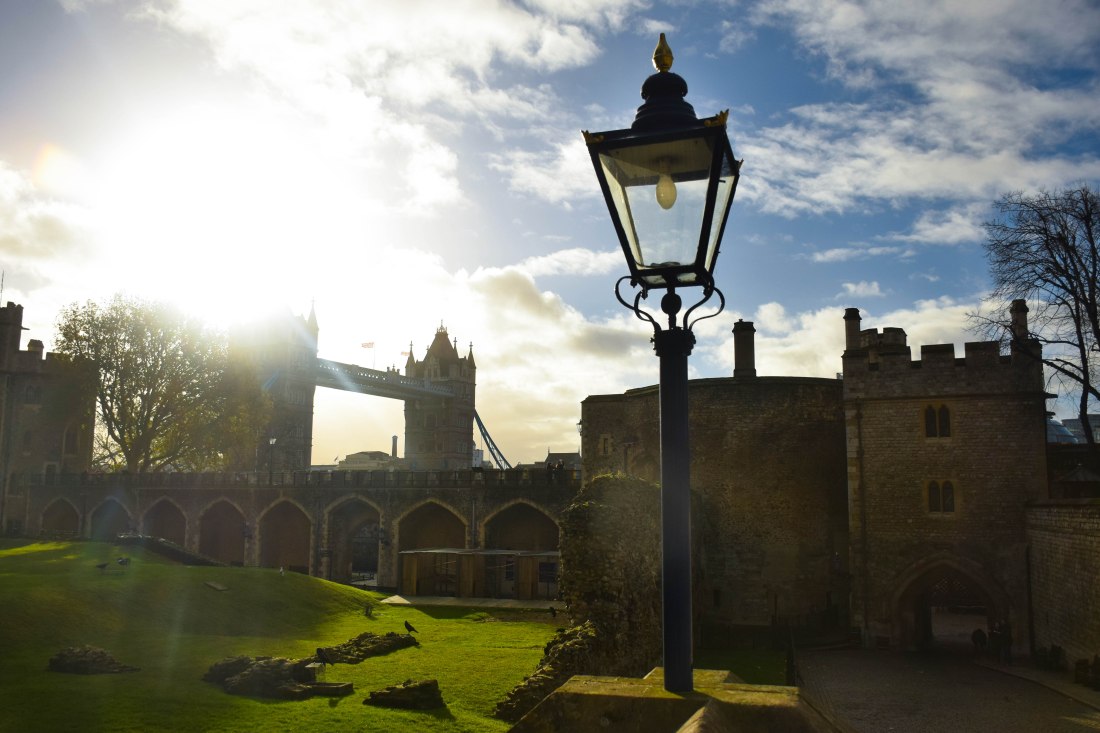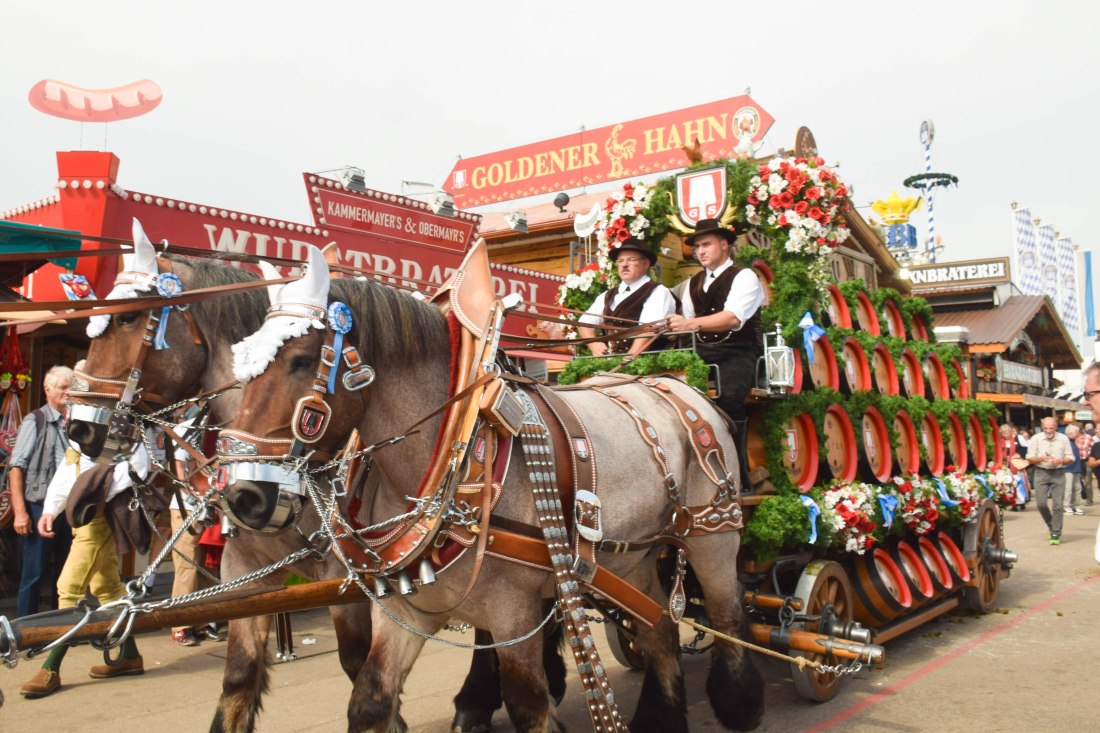Since its construction in 1097, the infamous Tower of London has served as a palace, fortress, prison, execution site, home of the Royal Mint and Royal Jewel House, and has even held a zoo. Because of all the history and the allure of seeing the Crown Jewels in person, it’s one of London’s most popular attractions, with over three million visitors a year. There can be long lines to buy tickets and overwhelming crowds once inside. The wait to see the Crown Jewels can stretch for hours, and you can’t make a reservation to skip the line.
So how do you beat the crowds while visiting this incredible sight ? I’ll tell you!

The Tower is least crowded first thing in the morning on weekdays (unless it’s a school holiday – check the calendar before you go). My biggest tip is to arrive when it opens (9:00 Tuesday – Saturday, 10:00 Sunday – Monday) and go straight to the Crown Jewels. As I mentioned, the line for the Crown Jewels during peak times can be extremely long. The first time I visited the Tower, I didn’t time my visit correctly and ended up skipping the jewels because I didn’t want to wait in the horrendous line. On our most recent trip, my husband and I arrived at the Tower at 9:00 and were at the building housing the Crown Jewels by 9:15. We had the place to ourselves, and were able to gape at the magnificent gems for as long as we pleased.
After you’ve seen the Crown Jewels, take the first Yeoman Warder (Beefeater) tour of the day, offered at 10:00. Free, hilarious, informative, kid-friendly tours are given by the Yeoman Warders every 30 minutes. Tours leave from just inside the entrance gate, last one hour, and give a great overview of the grounds, it’s various functions throughout the centuries, and the Tower’s gorey history.
If you can’t get to the Tower by 10:00, try to time your visit so you arrive for one of the last Yeoman Warder tours of the day, at 15:00 (or 14:00 November – February). After the tour, you’ll have time to visit the White Tower and its armory museum and see the Crown Jewels before the Tower closes at 17:30 (16:30 November – February).
To save time in the long ticket-buying line, buy your tickets ahead of time. The best and easiest option is to buy your tickets from the Trader’s Gate gift shop, just down the steps from the Tower Hill Tube stop. While you can buy tickets online, you have to use the tickets within seven days of purchase. This is a great option if you’re staying in a hotel where you can print out your tickets. If you don’t have access to a printer in London, you can still purchase online, then pick up tickets from the Group Tickets line (though be aware that this can also be crowded).
I hope if you’re visiting the Tower of London, these crowd-beating tips come in handy!




